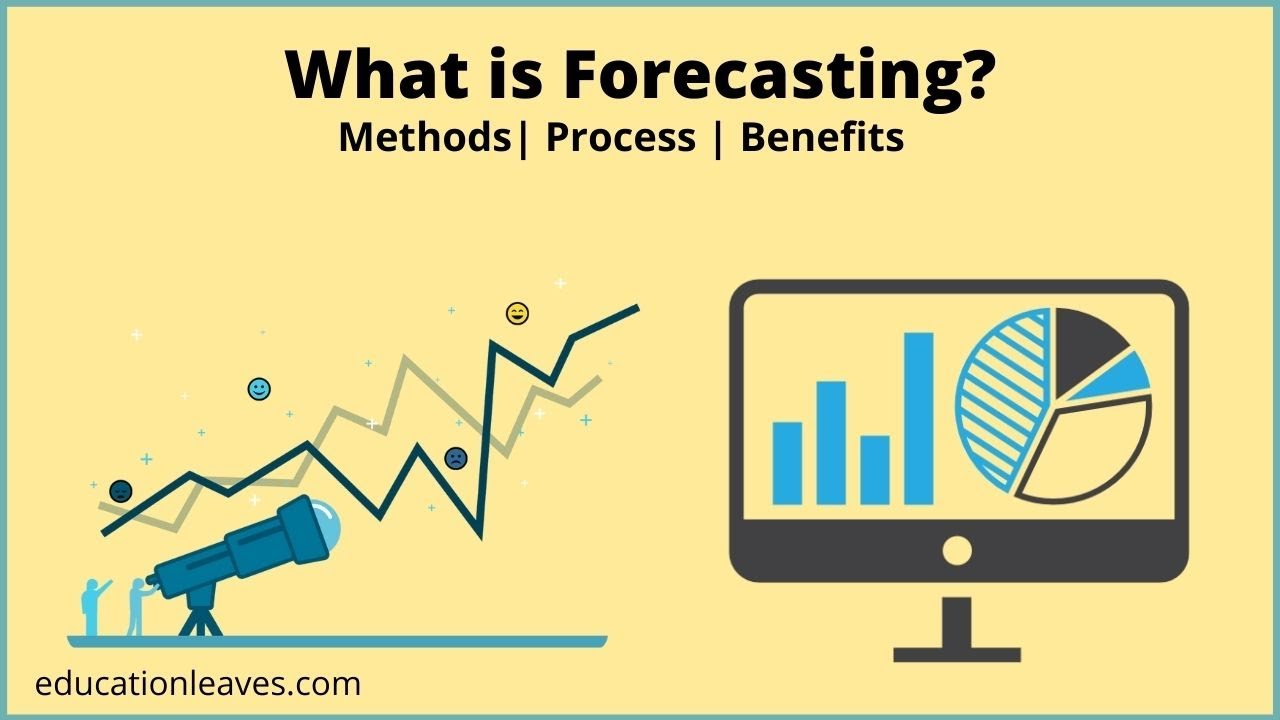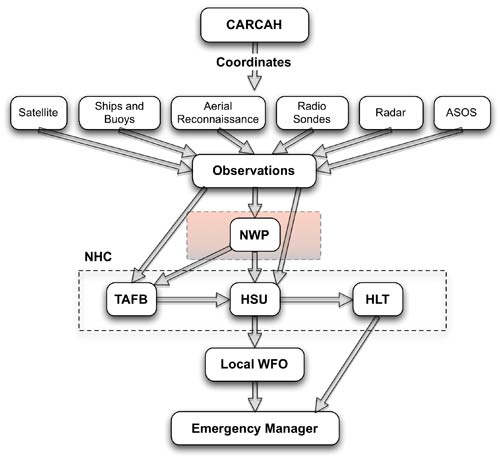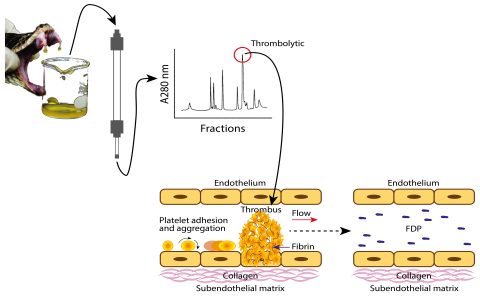Okay, so I decided to dive into this thing called Michelson Giron prediction a while back. Heard the term floating around, figured I’d get my hands dirty and see what it was all about, you know, practically speaking.

Getting Started
First thing I did was try to figure out what data I even needed. It wasn’t immediately obvious. I spent a good chunk of time just searching, trying to find examples or datasets people had used before. Found some scattered results, mostly looked like experimental readings or maybe simulation outputs. Nothing was clean, let me tell you.
I grabbed what I could find, different sources, different formats. It was a bit of a mess. Had to basically manually stitch some stuff together in a plain text editor first, then tried pulling it into a basic spreadsheet program just to eyeball it. Lots of gaps, some weird looking numbers. Standard data hassle, really.
The Actual Attempt
Once I had something that looked vaguely usable, I thought, okay, let’s try and predict something. The ‘Giron’ part seemed key, suggesting a specific model or tweak on the standard Michelson stuff. I wasn’t aiming for rocket science here. My goal was simple: take some input parameters, predict an output, see if it matches the data I had.
I didn’t go for fancy machine learning tools right away. Nah, started simpler. Tried plotting the data points first. Looked for patterns. Could I just fit a simple curve? I messed around with basic regression fits in my spreadsheet tool. Drew some lines, looked okay-ish in some parts, totally off in others.
Then I spent some time trying to actually implement what I thought the Giron part of the prediction might be, based on some papers I skimmed. Cobbled together a small script, nothing fancy, just to calculate expected values based on the inputs in my data.

This part was slow going. The descriptions I found weren’t super clear for a practical implementation, lots of theoretical talk. So it was trial and error. Change a parameter in the script, run it against the data, see if the prediction got closer or further away. Did this over and over.
What Happened
Well, the results were… mixed. On some subsets of the data, my simple script actually did a surprisingly decent job predicting the outcomes. The points lined up pretty well. I felt pretty good about that.
But, on other parts, it was way off. Like, not even close. This told me a few things:
- The data I had was probably noisy or came from different conditions.
- The simple model I cooked up was likely missing something important.
- Maybe this ‘Giron’ effect is only significant under very specific circumstances.
I didn’t get a perfect prediction machine working, not by a long shot. It wasn’t like I could reliably predict outcomes across the board. But the process itself was useful.
Final Thoughts
Going through the motions – finding data, cleaning it (kind of), trying to apply a model, seeing where it failed – that was the real takeaway. It showed me the gaps in the data available, and the challenges in translating a theoretical concept into a practical prediction tool. It wasn’t a failure, more like reconnaissance. I know now what I’d need to really tackle this properly: better data, and probably a deeper dive into the underlying theory. But for a hands-on try, it was an interesting exercise.








